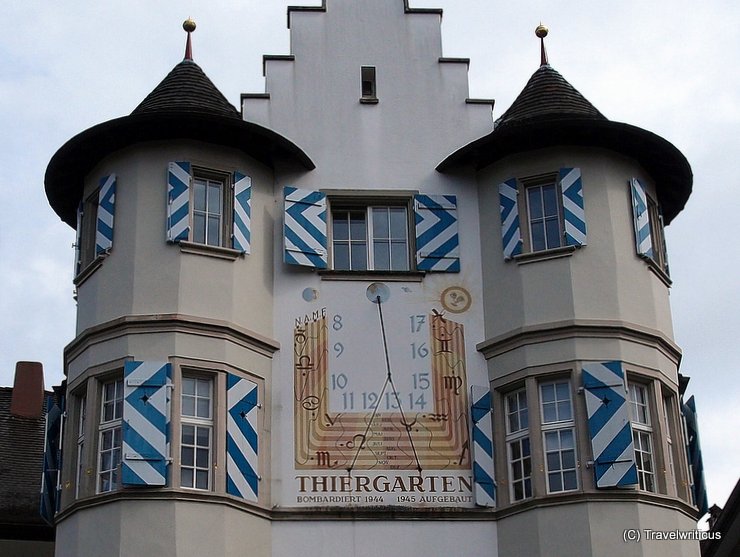
After visiting the Museum zu Allerheiligen, I came across this sundial at the Thiergarten building. Its inscription surprised me. It told me that an air raid destroyed this building in 1944.
You only see what you know (Goethe)

After visiting the Museum zu Allerheiligen, I came across this sundial at the Thiergarten building. Its inscription surprised me. It told me that an air raid destroyed this building in 1944.
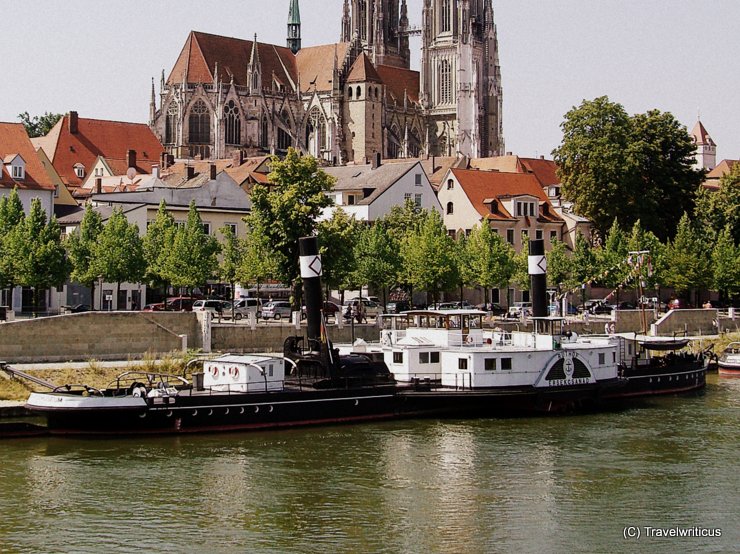
This steam tugboat saw its completion in 1922/23 at the shipyard Ruthof in Regensburg. Originally named Ruthof, it was renamed Érsekcsanád after World War II. Today it is part of the Danube Navigation Museum Regensburg.
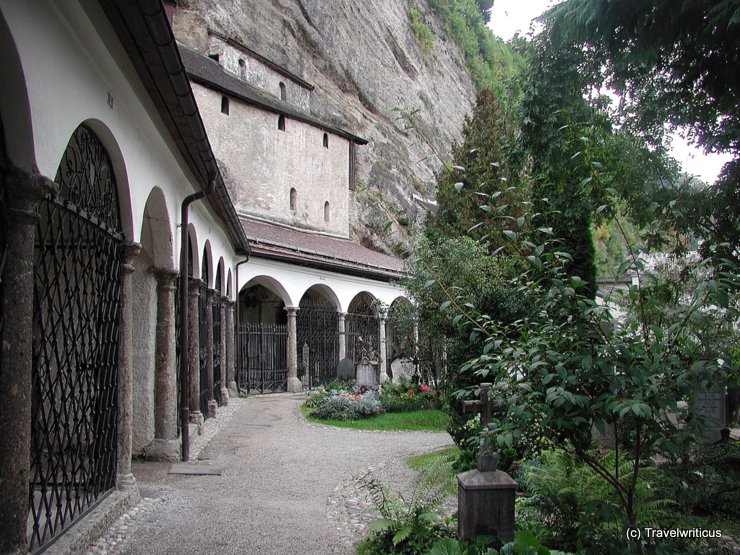
The cemetery of St. Peter (Petersfriedhof) is not only one of the oldest cemeteries of Salzburg but was also a set in the American movie ‘Sound of Music’. The small windows along the rock are part of the so-called catacombs.

Sümeg Castle (Sümeg Vár) is one of the most well-preserved fortresses in Hungary. It was built in the mid or late 13th century by Béla IV of Hungary. Today the elongated castle high over the town of Sümeg is a venue for tournaments and cultural events. [German]
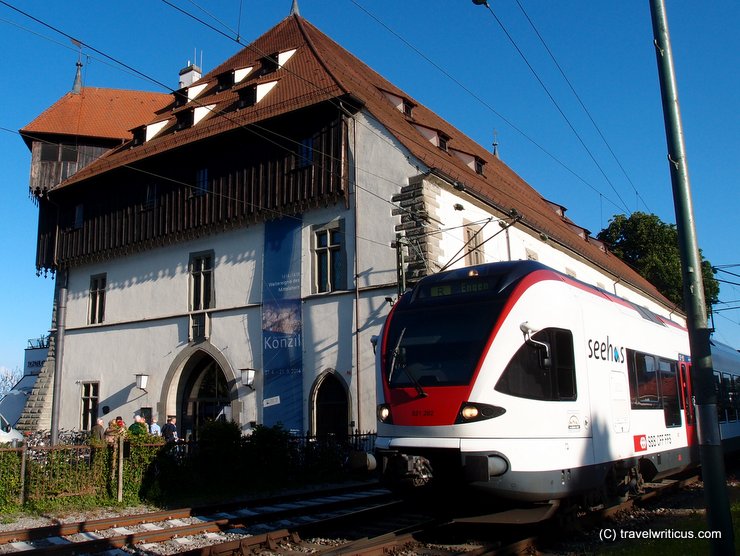
The Seehas Railway is a rail link between Konstanz and Engen. The name doesn’t derive from the existing fish Seehase (lumpsucker) but from a fabulous creature supposed to live in the western part of Lake Constance. [German]
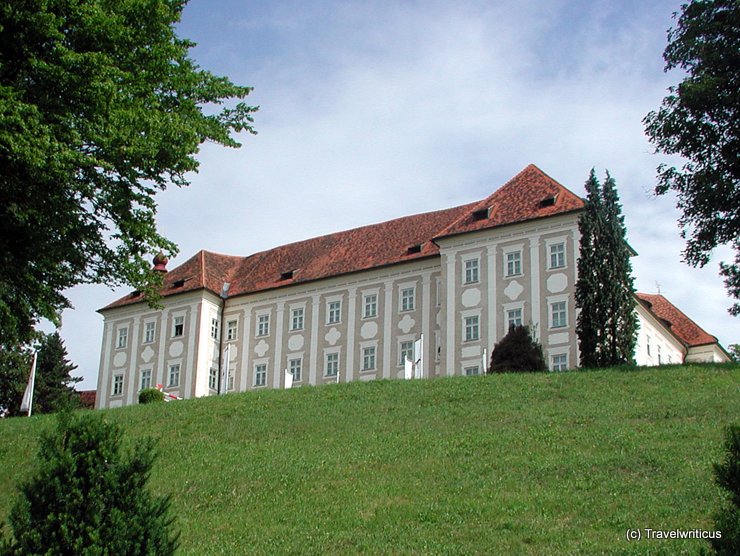
Piber Castle (Schloss Piber) is a palace in the Austrian state of Styria. It stands next to the Federal Stud Piber. The stud breeds the famous Lipizzan stallions performing at the Spanish Riding School in Vienna. [German]

The Museum of Slovenian Railways offers mighty steam locomotives as well as light auxiliary rail vehicles. Visitors find all these locos and carriages not only in an old shed but also on the attached free ground. It is s place with fascinating objects at every turn.

After arriving at Essen Main Station, I came across this sculpture near the station hall. The work “Steile Lagerung” by sculptor Max Kratz reminded me that Essen was one of the largest mining towns in Europe for a certain period. [German]
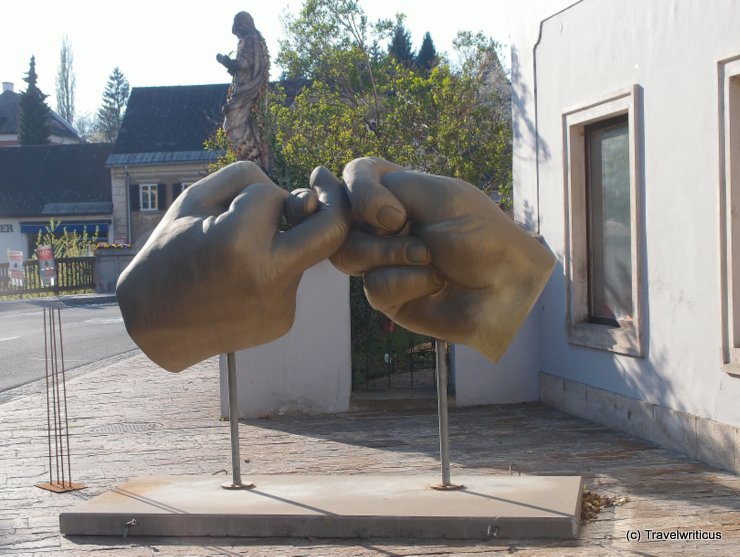
On a sunny spring day in 2012, I came across this sculpture in Ehrenhausen. At first view, it looked like public art portraying something fictitious. But this is wrong. It stands for a real sport with official championships: Finger pulling.

During the Roman period, Zadar’s name was Iader or Colonia Iulia Iader. Near the coast, you will find the remnants of the Roman Forum. Additionally, two museums provide you with remarkable ancient Roman stuff. [German]
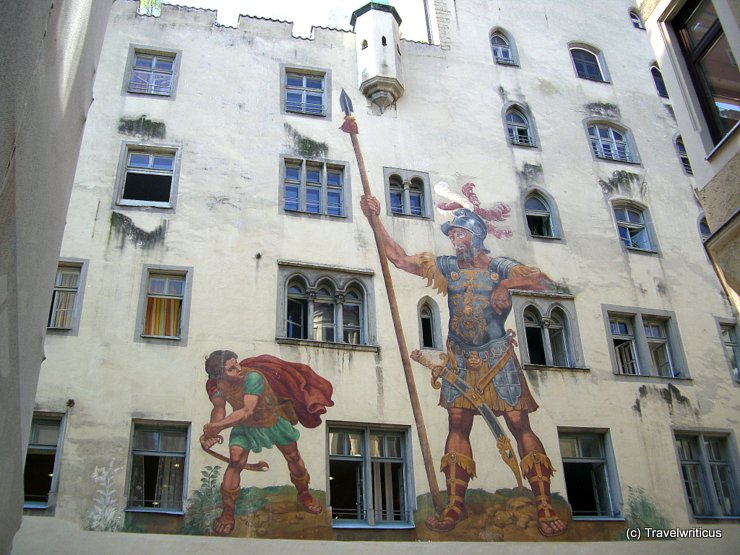
The Goliath House (Goliathhaus) in Regensburg shows the legend of David and Goliath. The first depiction dates back to the 16th century. Several renewals followed. That one from 1900 produced an unusually relaxed Goliath. [German]

The Vorarlberg Museum in Bregenz offers some fascinating architectural details. The play of colours in the stairwell results from stairs made of oak and a handrail made of brass. [German]